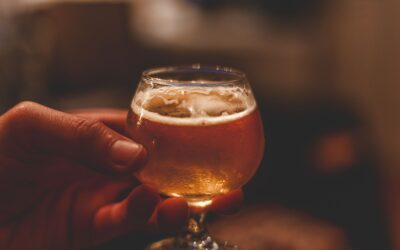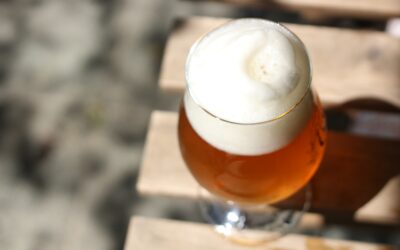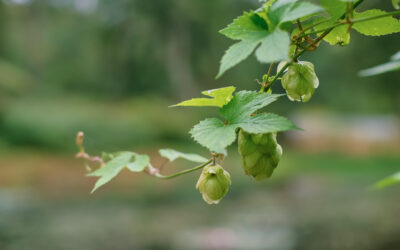Before the First World War (1914-1918) a typical British drinking beer was around 5.5-6% ABV. Temperance-supporting politicians used the declaration of war as an excuse to diminish the strength of beer considerably, and after the war was over brought in punitive taxation on beer. The Second World War (1939-1945) reduced production once more and post-war austerity in the 1950s continued to staunch beer’s revival.
A few styles survived these predations into the 1960s but only barely. Only now, over fifty years later, are they showing glimmers of revival in the UK.
See also: British porter, Milk stout, Oatmeal stout, Extra stout
English IPA
The essential components of the original IPA (5.5-7.2% ABV) were pale ale malt, English hop varieties and longer-attenuating British ale yeast. Together, these brought a full, rounded character and grassy, herbal notes from the hopping. The single heritage example, Worthington White Shield, is a notoriously phasic beer, and British brewers generally failed to capitalise on the rising interest in IPAs from the 1990s onwards. Even now, those that do so more routinely make attempts to mimic modern American IPAs than traditional British one. Confusingly, a few larger British breweries use the term IPA to describe a lighter form of pale ale, first created in the early 20th century. Ironically perhaps, this was far better at surviving the 20th century than its older, more authentic relative.
Strong bitter (or Extra special bitter)
The UK has a naming problem with this classic style, as ESB is a trademark for a fuller sort of beer made by Asahi, in London. Meanwhile, in the rest of the world, a style often termed Extra Special Bitter, or ESB where trademark issues allow, is growing in popularity. Balanced and drinkable despite its higher strength (5.1-6.2% ABV), it should showcase English hopping and impresses most when there is a background taste of dark, thick cut marmalade. This stronger style likely reflects more accurately the nature of Bitter beers in the 19th and early 20th century.
Scottish Export
Entirely malt-focussed with the role of hops limited to giving a bit of balance, this distinctly Scottish style is stronger (4.6-6.0% ABV) than Heavy and usually features grainy, toasty, caramel and fruity flavours. Roasted and peaty character are modern additions – some would say affectations, others options. After re-appearing in North America it has enjoyed a slow, step-by-step re-emergence in its home country in the last decade. A 90 shilling classification is sometimes seen.
Double brown (or Strong ale)
A Double Brown (6.0-8.0% ABV) should be heavy, rich, malty, medium-dark, well-attenuated and enhanced by English hops, but lacking the roasted character of Porter, the aged edges of Old Ale, and the sweetness of a Scotch Ale. As well as suffering the indignities imposed on British beer in the early 20th century, the style suffered further when the word ‘strong’ was banned from UK beer advertising in the 1960s. Perhaps the best example currently on the market is the new English Trappist beer, Tynt Meadow, made by the monks of Mount St Bernard Abbey, in Leicestershire (UK).
Burton ale
We have included this as Britain’s greatest forgotten beer style, championed on old pub mirrors that read, “Bass Pale and Burton Ales”. Pre-dating even IPA, typically dark amber, fruity, and full-flavoured (5.5-7.0% ABV), Burton ales were named after the UK’s best-known brewing town, Burton-on-Trent. They ducked the assertive hopping of IPA, the full-on caramel of brown ales, and the roasted character of stouts, their key traits match those of a Strong or Extra special bitter. Their revival is long overdue.





